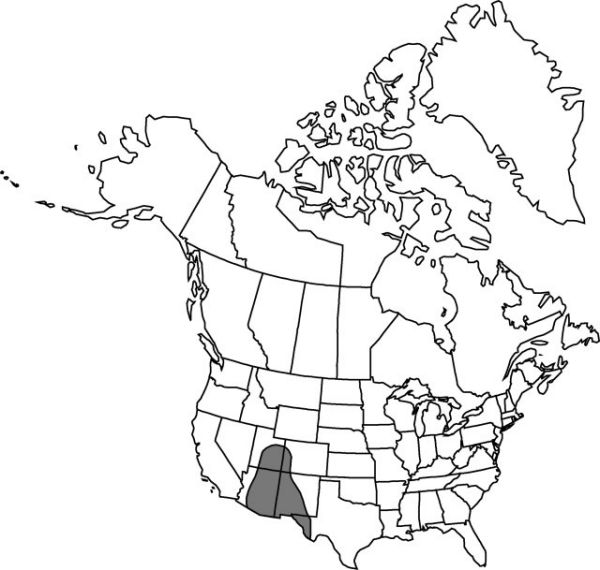Allium macropetalum
Bull. Torrey Bot. Club 31: 401. 1904.
Bulbs 1–5, without basal bulbels, ovoid, 1.5–2.5 × 1–2 cm; outer coats enclosing 1 or more bulbs, brown, reticulate, cells usually coarse-meshed, open, fibrous; inner coats whitish, cells vertically elongate and regular or obscure. Leaves persistent, green at anthesis, 2, sheathing; blade solid, channeled, semiterete, 8–20 cm × 1–3 mm, margins entire. Scape persistent, solitary, erect, terete or ± 4-angled, 5–20 cm × 1–4 mm. Umbel persistent, erect, compact to loose, 10–20-flowered, hemispheric to globose, bulbils unknown; spathe bracts persistent, 2–3, 3–5-veined, ovate to lanceolate, ± equal, apex acute to short-acuminate. Flowers campanulate, 8–12 mm; tepals spreading, pink with deeper pink or reddish midveins, lanceolate, ± equal, becoming papery in fruit, not investing capsule, margins entire, apex obtuse to acuminate, midrib scarcely thickened; stamens included; anthers yellow or purple; pollen yellow; ovary usually conspicuously crested; processes 6, central, usually connate in pairs across septa, ± erect, flattened, triangular, to 2 mm, margins entire, mostly well developed in fruit; style linear, equaling stamens; stigma capitate, unlobed or obscurely lobed; pedicel 5–20 mm. Seed-coat shining; cells smooth, without central papillae. 2n = 14.
Phenology: Flowering late Mar–Jun.
Habitat: Desert plains and hills
Elevation: 300–2500 m
Distribution

Ariz., Colo., N.Mex., Utah, Tex.
Discussion
Selected References
None.
Lower Taxa
"thicker" is not a number."broad" is not a number.